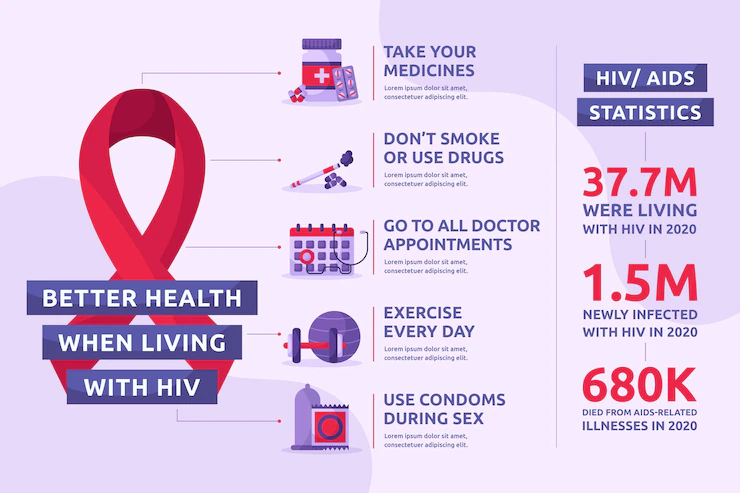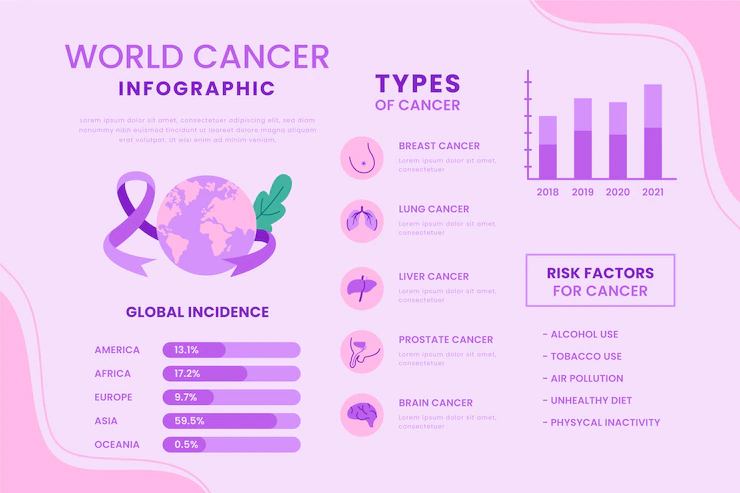The Black community has suffered many disparities over the years, with the negative impact still being felt. And based on statistics from previous and recent studies on Black health disparities, it seems that being Black, or a person of color in the United States, is bad for your health.
In this article, we’ll dig deeper into some statistics on Black health disparities in the United States and their effects on the Black community.
Become an insider. Subscribe to our newsletter for more top trending stories like this!
Statistics Of Black Health Disparities in the US

Black health disparities in the US indeed run deep, and research shows that Black Americans have a higher risk for cancer, hypertension, heart diseases, stroke, asthma, diabetes, HIV/AIDS, and other common diseases than any other groups in the US.
Here are the stats:
- Black Americans have a 2-3 times greater risk of stroke than non-Hispanic Whites, and they also have one of the highest rates of hypertension worldwide at 44%.
- Blacks between the ages 18-49 are 2 times as likely to die from heart disease than Whites.
- African Americans ages 35-64 years are 50% more likely to have high blood pressure than Whites.
- In 2018, Blacks represented 43% of all deaths of people diagnosed with HIV.

- Although Whites have a higher rate of new cancers, a 2018 study found that Blacks have the highest cancer mortality rate, at 169 per 100,000 people, compared to 150 per 100,000 in Whites.
In addition, the CDC reports that Black Americans between the ages of 20 and 40 have higher rates of mortality or chronic illness than White Americans do at older ages.
Below are some more detailed statistics on Black health disparities in the US:
- Pain treatment
Black Americans typically receive less pain medication than White Americans do. Black people are thought to be able to withstand and tolerate pain. Because they have thicker skin and robust immune systems than other groups.
In a research conducted in 2016, about 73% endorsed false beliefs about black people concerning pain treatment. It also stated that medical professionals are more likely to underestimate the pain of black patients than white patients.
- Pregnancy

According to 2019 research, Black women are 3-4 times more likely to die during pregnancy from complications such as preeclampsia, eclampsia, abruptio placentae, placenta previa, and postpartum hemorrhage, compared to White women in the United States.
- Chronic illness
Chronic illnesses pose a threat to a person’s quality of life. Most times, they result in disabilities and continuous medical attention. According to a 2019 study, Black people were 28% more likely than White people of the same age to have a chronic condition when they were 51 to 55 years old.
Become an insider. Subscribe to our newsletter for more top trending stories like this!
- Mental Health
People of color experience overt racism and bigotry far too frequently, placing a more intense strain on their mental health than may be the case for other people. According to Mental Health America, Black adults are 20% more likely to report severe psychological distress than their Whites counterparts.
- Health coverage
Health insurance is critical for improving access to healthcare and protecting families from high medical costs. But sadly, people of color face longstanding disparities in health coverage that contribute to health issues. A 2017 study found that African Americans in the US are more likely to be uninsured than white people.
- Emergency care

A 2020 study shows that between 2005 and 2016, medical professionals were 10% less likely to admit Black patients to the hospital than white patients. It also suggests Black people were 1.26 times more likely to die in the Emergency department or hospital.
These health disparities are due to socioeconomic inequalities in income, ethnicity, education, age, and gender. For example, most Black American adults are more likely to say that cost prevents them from seeing a doctor. Such socioeconomic circumstances inevitably contribute to the evident health disparities.
Also, prejudices, misconceptions, and racial discrepancies in the U.S. healthcare system for the black community have a significant impact on how medical professionals handle Black patients. For instance, a recent study found that African Americans with HIV have lower rates of being linked to care, staying in care, receiving antiretroviral therapy, and achieving adequate viral suppression than other groups.
If we truly want all Americans to live a healthy lifestyle. Then all hands should be on deck to provide equal opportunity for Black Americans to pursue a healthy lifestyle.
Become an insider. Subscribe to our newsletter for more top trending stories like this!





